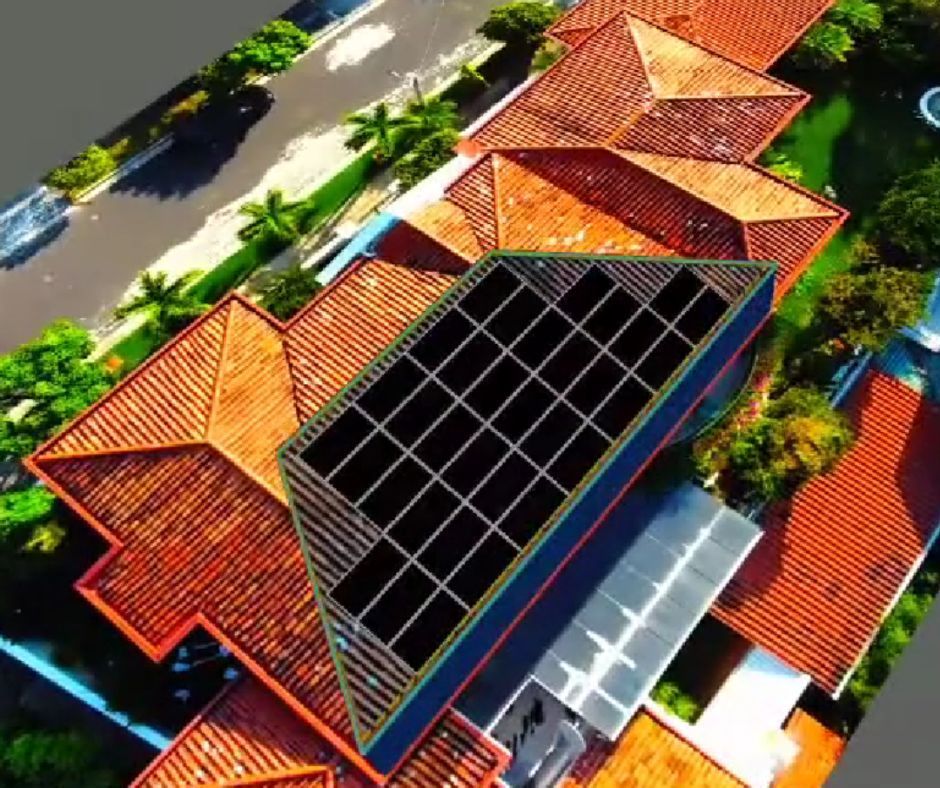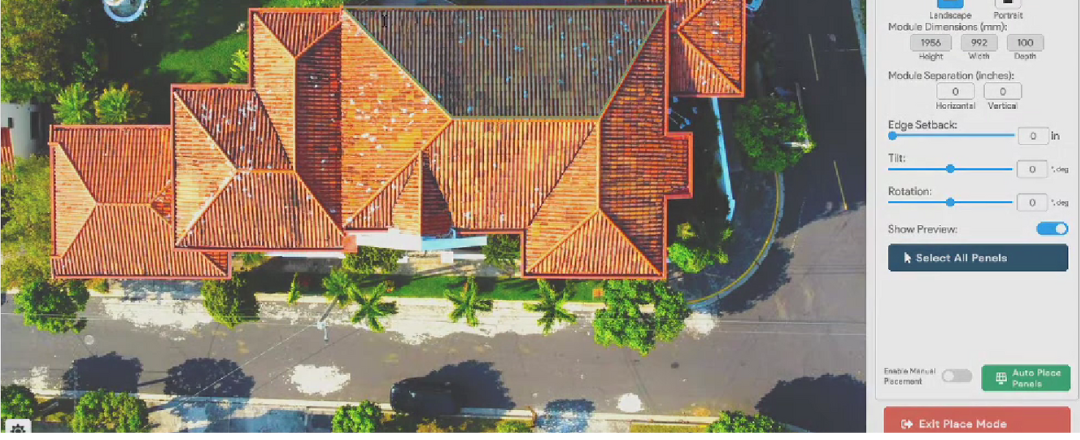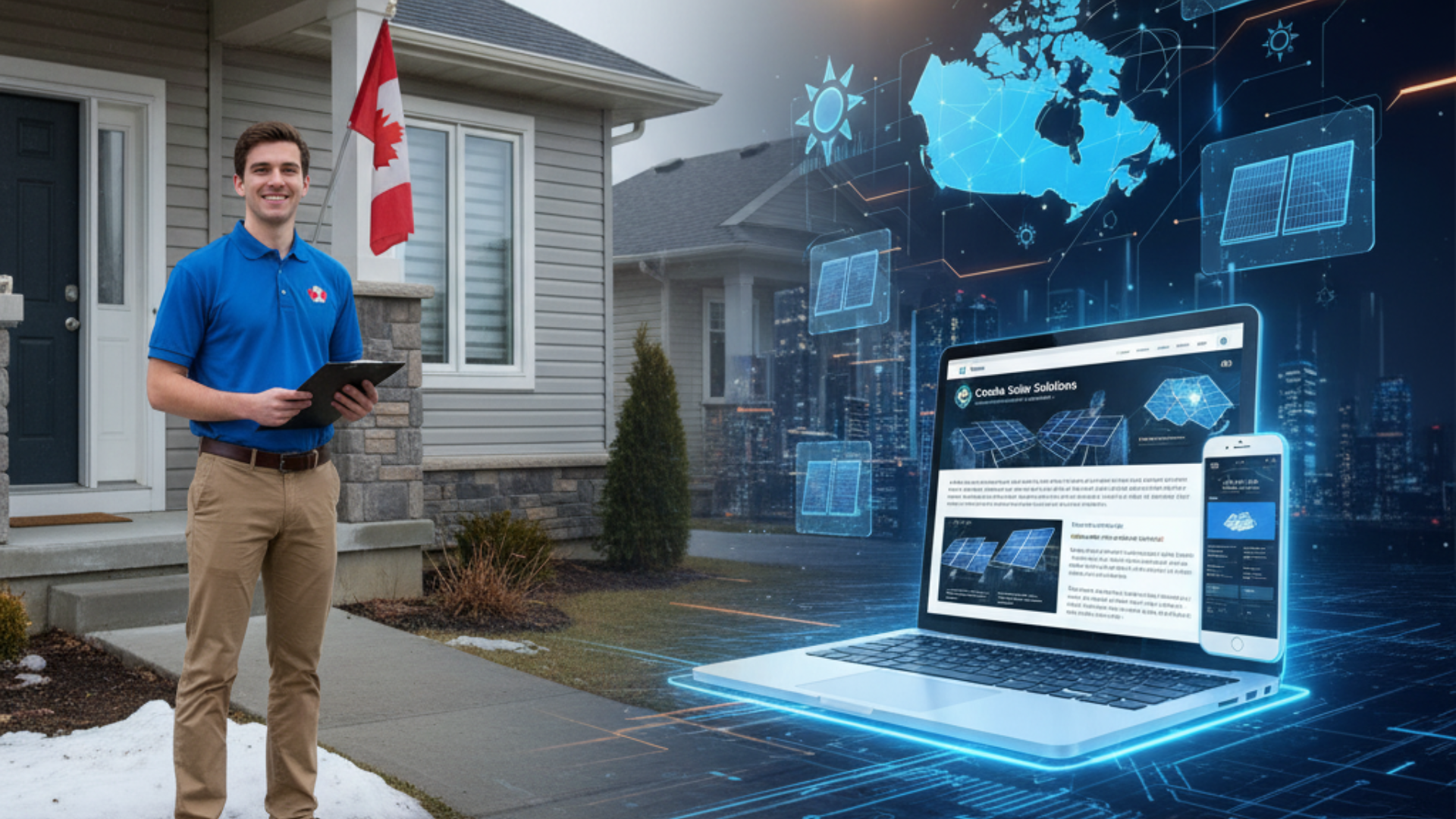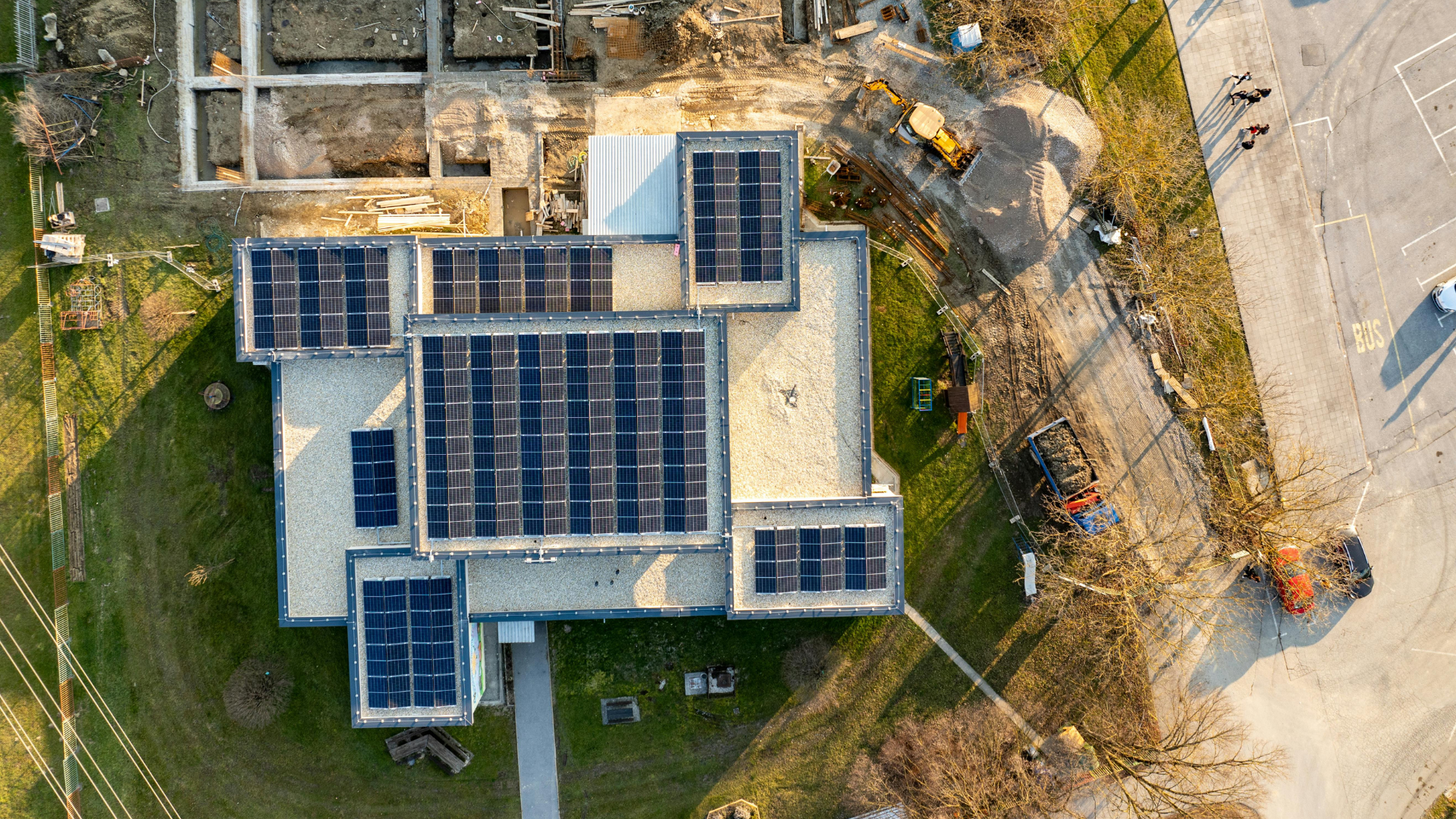January 12, 2024
When it comes to designing a solar system, there are numerous factors to consider. These include the geographical location, specific energy requirements, and available budget.
These considerations can make the process of designing a solar system quite complex, especially for individuals without extensive knowledge in the field.
This is where comes the Solar System Design software, which helps make the whole process much easier.
In this blog, we will learn about Solar System Design Software. How does it work? And, also explore the ins and outs of software for solar system design and understand its benefits.
What is a Solar Design Software?
Solar design software is a specialized tool that helps professionals in the solar industry to design and analyze solar energy systems.
It allows users to accurately calculate the energy production potential of a solar installation by considering factors such as location, shading, panel orientation, and system configuration.
These software programs utilize advanced algorithms and simulation techniques to provide detailed reports and visualizations.
Read to know more about Solar Panels positioning!
How does Solar Design Software work?
Every solar design software on the market works slightly differently, but the common steps among all these are pretty much the same.
Step 1: Collecting Data
The software collects data on location, sun path, and shading information to accurately design a solar system. This data is crucial in determining the correct placement of solar panels to capture maximum sunlight and produce the maximum energy.
Step 2: Providing Insights
The software provides valuable insights and recommendations to the user. These insights can include estimated energy production, component selection, and financial analysis of the proposed system design.
Step 3: Analyzing Data
Design software algorithms analyze it to determine the most efficient solar system design. This includes determining the number of panels needed, their placement, and the best angle for maximum sunlight exposure.
Step 4: Generating a Design
After analyzing the data, the software generates a detailed solar system design that meets the specific energy requirements of the user. The design includes all necessary components such as panels, inverters, batteries, and other equipment.
This design can then be used as a blueprint for the installation process.
Step 5: Financial Analysis
The software also provides financial analysis. It considers factors such as equipment costs, maintenance expenses, and potential savings on electric bills. This helps users make informed decisions about their solar system investment.
Now that you've learned how solar design software works let's see why the companies in the solar business use it.

What are the features of Solar System Design Software?
This section of the blog will help you understand the features of solar design software:
Shading Analysis
Solar software allows solar engineers to determine how the shade, due to obstructions can affect the panels and energy development.
Here, we can feed the information about obstructions and simulate a very similar environment in the software which helps the user find whether the site is receiving an appropriate amount of sunlight.
The shading analysis will help the user determine the right position where the solar panels are working effectively.
3D modeling
Solar Professionals use 3D design tools to take a digital voyage of the client's property. This feature results in automatic azimuth, scale, and pitch calculation.
Solar Software gives instant 3D visuals of the house, giving the solar project designs a new perspective.
Performance estimates
The Software can estimate the performance of solar projects. This includes factors such as the amount of energy that will be produced, payback time, and return on investment.
What are the Benefits of Solar System Design Software?
Now that we have looked at all the features of the Solar design software, we can proceed to the benefits of it:
Save time and money on on-site visits
Solar Design Software can shorten the time-consuming process of on-site plans which will save a lot of time and can give the solar companies to focus on other aspects of the business.
It is quicker to provide the energy production estimates to the potential customers and generate exceptional PV designs on the site itself.
Achieve superior accuracy with state-of-the-art technologies
The Solar software helps to achieve the highest accuracy with the features that it provides such as shading analysis. This feature can provide the influence of the sunbeam of the solar systems.
Using technologies like LIDAR in solar design software will portray the amount of sunlight reaching the solar array. It automatically senses the obstructions near the solar projects.
The solar developers provide 3D illustrations with the help of Google Maps for aerial imagery making it easier to develop a solar design for the customers.
Build trust with customers
Whether you are a small operator or have years of experience implementing utility-scale projects, building trust remains the most important part.
A good customer rapport will help solar companies build a strong relationship with the customers and provide them with the best solar design software. Solar professionals can also make custom solar proposals and designs on the project site instantly using PV software.
Providing free solar design and financial analysis will give the customer confidence in the solar design software.

Sunbase Solar Design Software
Sunbase solar design software helps businesses installing solar panels adapt PV designs to various requirements. Solar experts can store design and image files for solar modules in prospect and customer records.
Solar experts can decide on the equipment to use, and capacity can be calculated based on surface area. The roof pitch, panel azimuth, and panel orientation are all considered during the construction of the PV system to simulate PV watts output.
Here are some great features offered by Sunbase Solar Design software:
Area Selection and Rendering:
- Allows selection of installation area and rendering of proposed panels for solar projects.
- Solar engineers can draw the area and render panels, facilitating visualization of the installation.
Equipment Selection and Capacity Calculation:
- Solar engineers can choose equipment and calculate available capacity based on the selected surface area.
- Factors in roof pitch, azimuth, and panel direction to estimate PV Watts simulated production for accurate calculations.
Ease of Use and Affordability:
- Designed for simplicity, it allows solar installers to easily learn and use the software.
- Offers an affordable scaling option suitable for small, mid-size, and enterprise-sized companies.
Storage and Utilization of Designs:
- Allows solar professionals to save solar module designs and images within prospect and customer records.
- Incorporates saved images into solar proposals, aiding in closing deals and helping clients visualize potential PV systems effectively.
The best part about using Sunbase, a full-function solar industry-specific software, is that every task can be completed in one solution.
Conclusion
Solar Design Software provides a comprehensive solution for solar professionals, making the process of installing and designing solar systems efficient and accurate. Solar design software offers various features like area selection, equipment and capacity calculation, and PV system design factors.
Whether you're a small operator or an experienced professional working on utility-scale projects, this software provides simplicity, affordability, scalability, and efficient storage and utilization of designs. Embrace the benefits of solar design software to optimize your projects and maximize their potential.
About Sunbase
Sunbase helps solar companies succeed through a suite of Solar CRM tools like Solar Lead Management Software, Solar Proposal Software, etc.! To book your free demo or an appointment, contact us here!
I agree to receive marketing messaging from Sunbase at the phone number provided above. I understand data rates will apply, and can reply STOP to OPT OUT.







